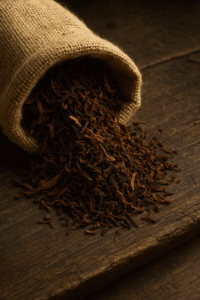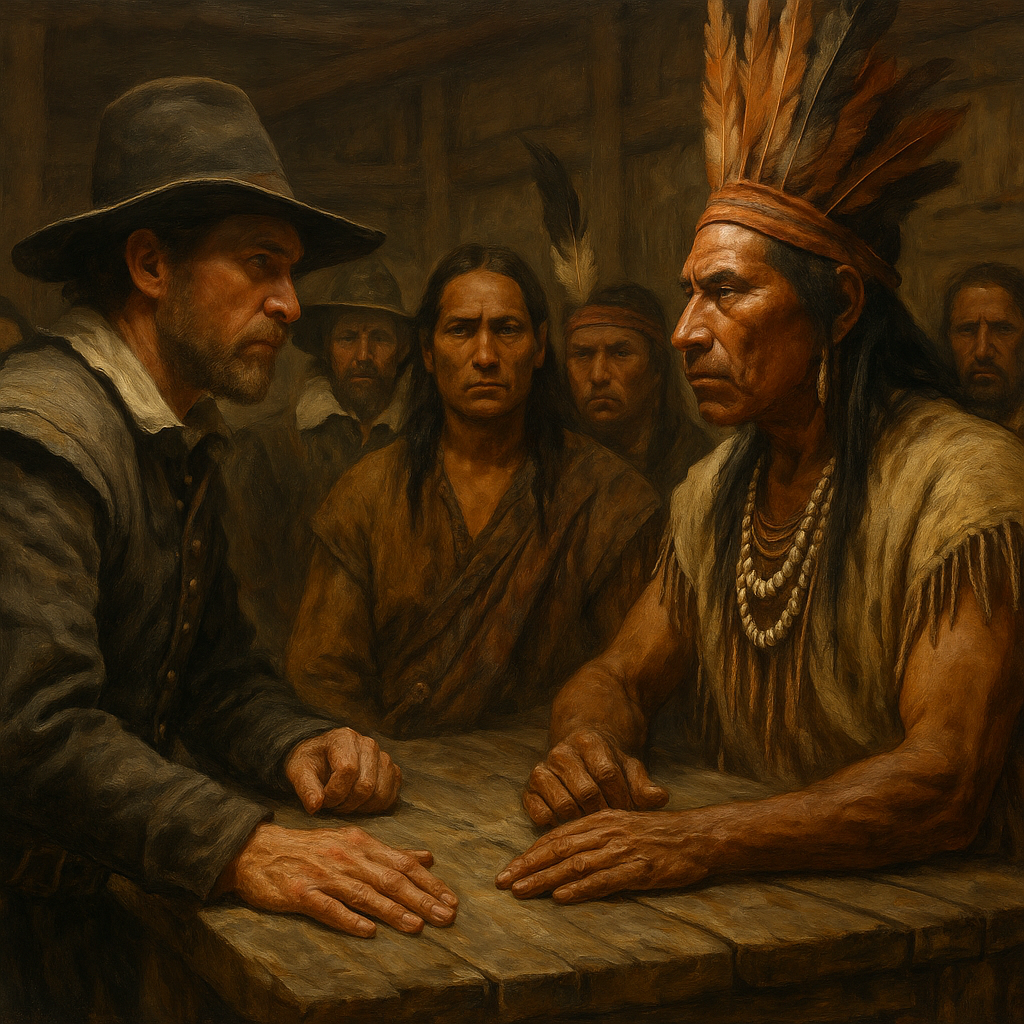🧭 Introduction: A Swamp, a Dream, and a Brutal Reality
On May 13, 1607, 104 English settlers landed on the muddy banks of the James River in what is now Virginia. Their mission: to establish the first permanent English colony in the Americas. Their destination would become Jamestown—a name now embedded in the DNA of American history.
But Jamestown was no Eden. The land was mosquito-infested, the settlers ill-prepared, and the leadership chaotic. The dreams of riches quickly dissolved into starvation, disease, and death. Within months, nearly two-thirds of the settlers were dead.
And yet, from that swamp rose a society that would eventually birth a nation.
Why does this matter to you, sitting comfortably in a world of coffee shops, smartphones, and AI-generated blog posts?
Because the Jamestown settlers’ experience is an enduring lesson in resilience, adaptation, and long-term thinking—skills every person needs today more than ever.
Let’s dig into the full story and distill the brutal beauty of Jamestown into practical takeaways for your life.
🌍 Part I: The Harsh Beginning – May 13, 1607
When the English landed in Jamestown, they weren’t exactly survivalists. Many of the settlers were “gentlemen”—upper-class men with no farming, hunting, or building experience. They were hoping to find gold, not dig wells or plant crops.
They chose the site poorly. Surrounded by brackish water and swarms of mosquitoes, disease spread rapidly. The water was undrinkable, food sources were scarce, and the Native Powhatan people—understandably wary—were not immediately friendly.
And then came “The Starving Time.”
During the winter of 1609–1610, only 60 out of 500 colonists survived. People resorted to eating rats, shoe leather, and reportedly, even each other.
So why did they stay? Why didn’t they give up?
Some did. But most didn’t.
Why? Because of a single word: vision.
The settlers believed in a bigger picture—of opportunity, trade, and the promise of the New World. That belief, however naïve, kept them going.
💡 Modern Lesson #1: Vision Over Comfort
→ What You Can Learn:
In your own life, you’re going to hit “swamp moments.” Maybe it’s a failed relationship. A job layoff. A terrifying health scare. A pile of debt. Unlike Jamestown, you probably won’t face malaria or cannibalism—but the feeling of desperation is the same.
What saved Jamestown was vision. They weren’t living day to day for survival—they were aiming at building a new life.
👉 Ask yourself: What’s your “Jamestown vision”? What keeps you going when everything sucks?
Practical takeaway: When life gets hard, you need something bigger than your current pain to aim for. Write it down. Return to it when you’re in a rut.
🧱 Part II: Reinvention and Tobacco—Pivoting for Survival
Jamestown didn’t succeed because the settlers were stubborn; it succeeded because they adapted.
Initially, they searched endlessly for gold. It didn’t exist in Virginia.
Then they tried glassmaking, pitch, and soap ash exports. All failed.
What saved them?
Tobacco.
John Rolfe, one of the settlers, began experimenting with tobacco strains in 1612. By 1614, his tobacco was being exported back to England, and people loved it. Tobacco became Virginia’s cash crop—and the colony finally had a profitable economy.
This shift didn’t happen overnight. It took 5 years of failure to discover what worked.
💡 Modern Lesson #2: Pivot, Don’t Panic
→ What You Can Learn:
The settlers at Jamestown didn’t just work harder—they worked smarter. They let go of their original plan (find gold) and pivoted toward what the environment could actually support (tobacco).
👉 In your life, when something isn’t working—your job, your major, your relationship—what do you do?
Too often, we double down on what’s familiar. The Jamestown settlers show us the power of the strategic pivot.
Practical takeaway: If you’re stuck, don’t just “grind harder.” Step back. Ask: What is this situation trying to teach me? Where is the actual opportunity?
⚔️ Part III: Conflict, Culture, and Learning to Listen
One of the most overlooked aspects of Jamestown is the complex relationship with the Powhatan Confederacy.
At first, there was deep tension and periodic violence. But over time, there were efforts—however clumsy—toward diplomacy. One of the most famous stories involves Pocahontas, daughter of Powhatan, and her interactions with John Smith and John Rolfe (whom she eventually married).
These early cross-cultural interactions were a mix of misunderstanding, violence, and uneasy cooperation. While colonists often failed to respect the sovereignty of Native peoples, those initial years forced both sides to learn something: how to negotiate across difference.
💡 Modern Lesson #3: Conflict Is an Opportunity to Learn
→ What You Can Learn:
In 2025, we are more connected—and more polarized—than ever. Whether it’s politics, religion, race, or gender, we often find ourselves in opposition to people who think differently.
Jamestown reminds us: living together isn’t always peaceful—but it’s possible when there’s effort and humility.
👉 Next time you clash with someone, ask: What can I learn here, even if I disagree?
Practical takeaway: Build bridges, not walls. Especially in your workplace, relationships, or community, listen more than you speak. You don’t need to agree to grow.
🌱 Part IV: Seeds of Something Bigger
Though Jamestown barely survived its first years, it ultimately became the seed of something massive: the United States of America.
In 1619, Jamestown established the House of Burgesses, the first legislative assembly in the New World. This democratic institution would become the model for future American governance.
The settlers didn’t know they were laying the foundation for a country. They were just trying to live.
But that’s the thing about legacy—it grows quietly while you’re working, struggling, or just trying not to drown.
💡 Modern Lesson #4: Play the Long Game
→ What You Can Learn:
Most people today are stuck in a short-term loop: likes, swipes, quick wins. Jamestown teaches a radically different approach: think in decades.
The people who built Jamestown didn’t live to see what it would become. But because they laid bricks each day—often without seeing results—they made history.
👉 In your life, what are you building that might outlive you?
Practical takeaway: Start a project, a habit, or a relationship that has roots, not just leaves. Be okay with delayed rewards. Think in terms of years, not days.
🔄 Bringing It All Together: Applying Jamestown Today
Let’s summarize how a swampy, mosquito-ridden disaster from 1607 applies to your 2025 life:
| Jamestown Challenge | Modern Equivalent | Life Skill |
| Disease & starvation | Personal crisis, depression, burnout | Resilience |
| Pivot to tobacco | Career shift, side hustle | Adaptation |
| Conflict with Powhatan | Political or interpersonal tension | Empathy & negotiation |
| Building a nation slowly | Long-term personal goals | Vision & patience |
🛠️ How You Can Act Today
Here are three things you can do right now:
- Write a “Resilience Resume”: List 5 times you bounced back from something hard. You’ll see that you’re already tougher than you think.
- Do a “Jamestown Audit”: What in your life is a bad investment of time, like the hunt for gold? What’s your tobacco crop?
- Start a “Legacy Project”: Begin something today that you want to be proud of in 10 years. A book. A garden. A skill. A savings goal.

🧠 Final Reflection: What History Really Gives Us
History isn’t just old stories. It’s a mirror, a warning, and a blueprint.
Jamestown on May 13, 1607, wasn’t just the start of a colony. It was the start of a story of failure, learning, adapting, and ultimately—thriving.
If you take nothing else from it, remember this:
You don’t need to have all the answers. You just need to keep going, keep learning, and stay open to what the world is trying to teach you.
That’s what Jamestown did. And look what grew from it.

